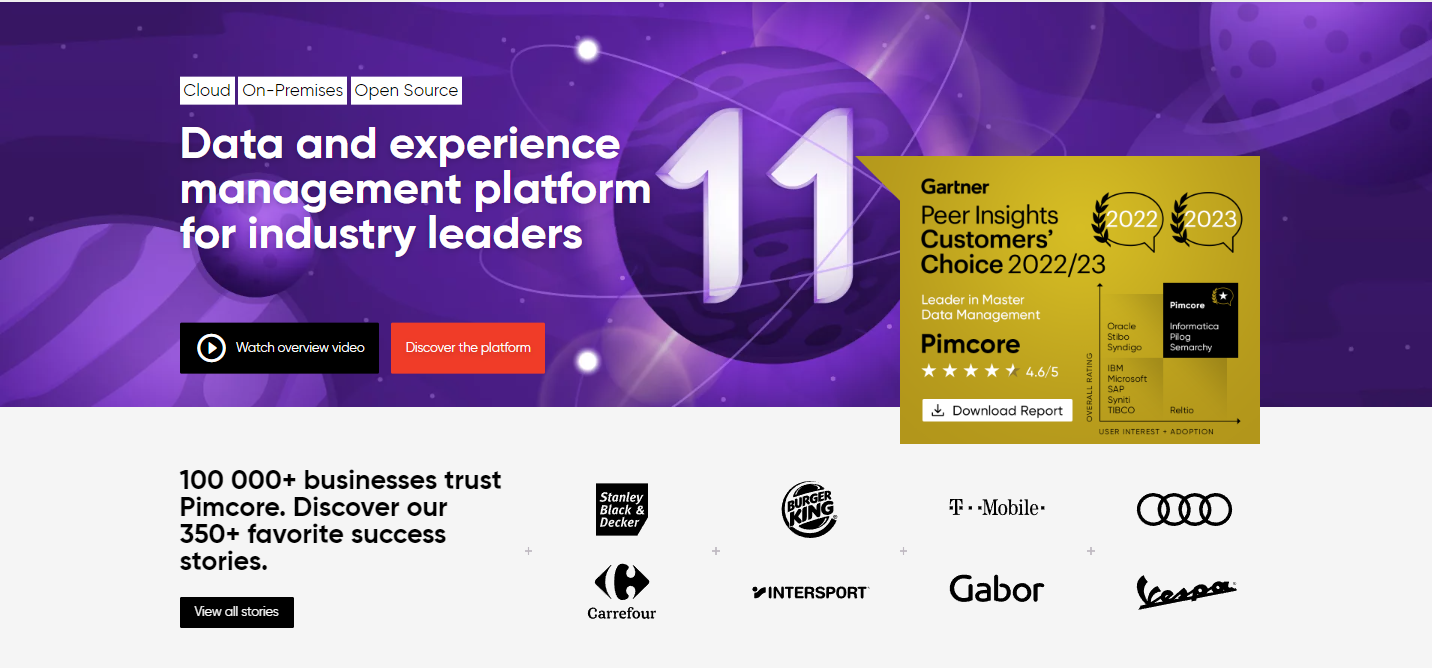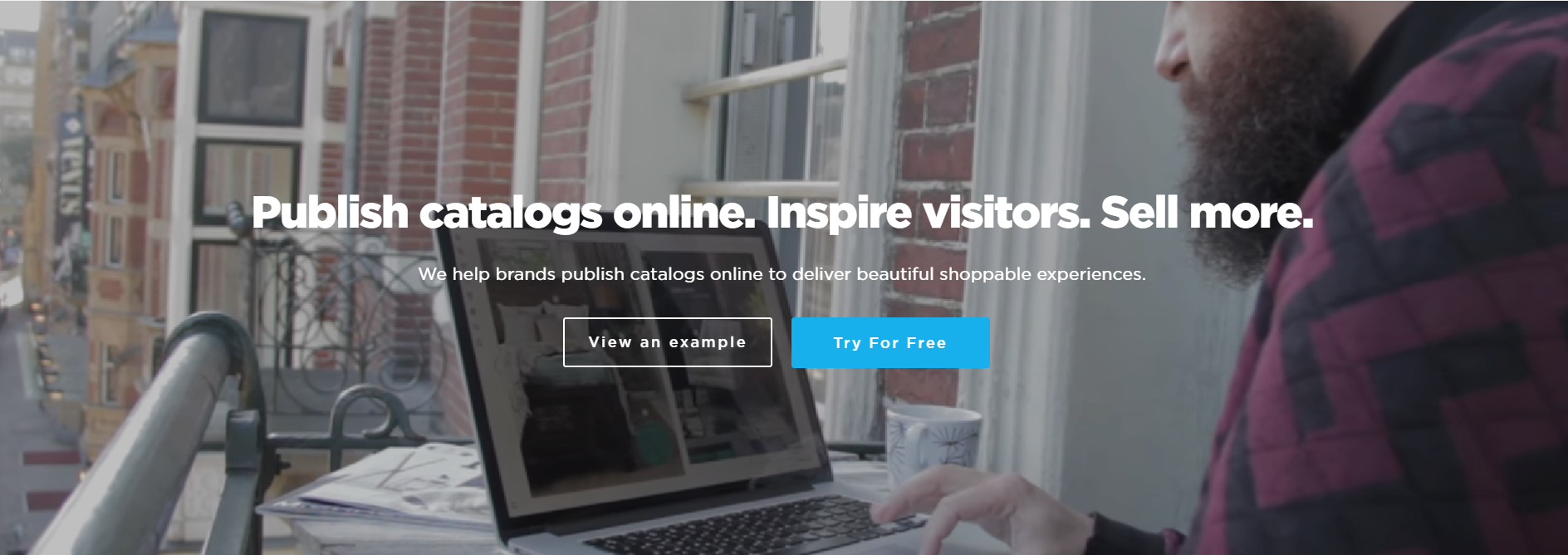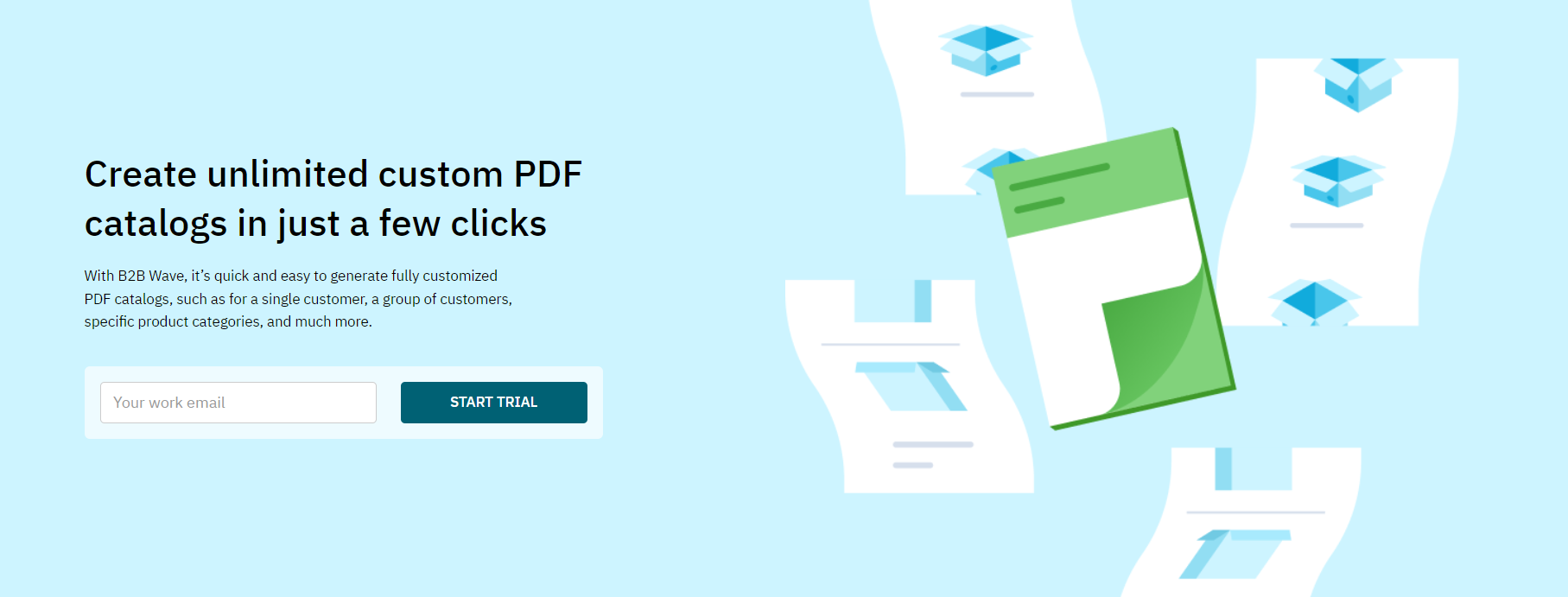Product Catalog Management: 5 Best Open-Source Tools
In the ever-evolving e-commerce landscape, we know how vital it is to ace product catalogue management and create top-notch customer experiences. When it comes to our extensive range of material products, the organisation is the name of the game. We need to present our offerings with precision and finesse to stand out in this competitive market. Lucky for us, open-source tools shine as valuable gems, offering budget-friendly and adaptable solutions to streamline our product catalogues. So, buckle up as we dive into the fast-paced world of e-commerce, exploring how open-source tools can elevate our material supply business to new heights.
Understanding Product Catalogue Management
Before we dive into open-source tools, let’s understand the essence of product catalogue management. In the e-commerce realm, a product catalogue refers to an organised and detailed database that encompasses all the products and services a business offers. Effective catalogue management involves the systematic creation, maintenance, and updating of product information to ensure that customers can easily find, explore, and purchase the items they desire.
The fundamental components of a well-structured product catalogue management process are:
- Product Information: Comprehensive details about each product, including specifications, attributes, images, and pricing.
- Categorisation: Organising products into logical categories and subcategories for effortless navigation.
- Updates and Maintenance: Regularly keeping the catalogue up to date, adding new products, and removing discontinued ones.
- Consistency: Ensuring uniformity in product data across various platforms to avoid confusion for customers.
Open-source tools in Product Catalog Management
In the context of software and technology, “open source” refers to software whose source code is made available to the public. This means developers from around the world can view, modify, and enhance the code, fostering a collaborative ecosystem. The beauty of open-source tools lies in their accessibility, flexibility, and cost-effectiveness, making them a perfect fit for businesses, especially in the B2B landscape.
Advantages of Open-Source Tools
Open-source solutions offer numerous advantages, making them increasingly popular choices for businesses and developers alike. Let’s explore some of the key advantages of embracing open-source software:
Cost-Effective
One of the most significant benefits of open-source solutions is that they are generally free to use. Businesses can access and utilise the software without the need to pay licensing fees or purchase expensive proprietary software. This cost-effectiveness is particularly attractive for startups, small businesses, and organisations with limited budgets.
Flexibility and Customizability
Open-source software provides access to its source code, allowing developers to modify, adapt, and extend the software to suit specific needs. This flexibility enables businesses to customise the software to match their unique workflows, integrate it with other tools, and create tailor-made solutions that address their exact requirements.
Transparency and Security
The transparency of open-source software is a significant advantage. Anyone can review the source code, which promotes a collaborative approach to identifying and fixing security vulnerabilities. The collective effort of the open-source community ensures quicker detection and resolution of potential security issues.
Community Support
Open-source projects often have thriving communities of developers, users, and enthusiasts. This active community support leads to ongoing improvements, bug fixes, and the development of new features. Users can seek help, share knowledge, and collaborate with the community to enhance the software’s overall quality.
No Vendor Lock-In
Proprietary software often ties users to a specific vendor, limiting their options and flexibility. With open-source solutions, businesses are not locked into any particular vendor. They have the freedom to choose different service providers, developers, or hosting platforms based on their needs and preferences.
Rapid Innovation
Open-source software thrives on innovation. The open nature of development encourages a diverse range of contributions, leading to faster-paced advancements in features, performance, and functionality. This constant innovation keeps open-source software relevant and competitive in the ever-evolving tech landscape.
Compatibility and Interoperability
Open-source solutions typically adhere to industry standards, ensuring better compatibility and interoperability with other software and systems. This ease of integration allows businesses to build comprehensive ecosystems by combining various open-source tools seamlessly.
Top 5 Open-Source tools E-commerce Platforms for Product Catalogue Management
When it comes to open-source e-commerce platforms tailored for efficient product catalogue management, there are several excellent options available. Below are the top five open-source ecommerce platforms that can help you streamline your product catalogue and enhance your B2B e-commerce experience:
Pimcore
Pimcore is not just an e-commerce platform but a comprehensive open-source Product Information Management (PIM) system. It is designed to centralise and manage product data efficiently, making it a perfect fit for businesses with extensive and diverse product catalogues. Pimcore allows you to maintain consistent and high-quality product information across various sales channels, enhancing customer experiences.
Algolia
Algolia is a highly regarded search-as-a-service platform, known for its exceptional product search and discovery capabilities. It offers lightning-fast search results, ensuring instant and relevant search responses even with large product catalogues. The platform provides advanced search relevance options, enabling businesses to personalise search results based on user behaviour and preferences. Autocomplete and suggestion features help users find products quickly, while filtering and faceting options allow them to refine search results based on specific attributes and categories. Algolia’s typo-tolerance and synonym support enhance search accuracy, ensuring users find what they need even with minor spelling errors. With real-time indexing and detailed analytics, businesses can optimise their product catalogue and provide a seamless search experience, ultimately leading to improved customer satisfaction and increased conversions.
Publitas
It is a cloud-based platform that enables retailers and businesses to create captivating digital catalogues and interactive lookbooks. With its user-friendly interface and responsive design, Publitas allows users to customise the look and feel of their catalogues to align with their brand identity. The platform supports interactive elements like clickable hotspots and embedded videos, enhancing customer engagement. Users can tag products within the catalogues, providing a direct link to the e-commerce website for seamless purchases. Additionally, Publitas offers offline accessibility, making catalogues available even without an internet connection, making it ideal for trade shows and offline events. With valuable analytics and secure sharing options, Publitas empowers businesses to measure catalogue performance and reach a wider audience. Overall, Publitas is a powerful tool for creating visually appealing digital catalogues that leave a lasting impression on customers.
B2B Wave
B2B Wave is a robust B2B e-commerce platform tailored to the specific needs of wholesale and distribution businesses. With its focus on wholesale transactions, B2B Wave offers features like custom pricing, bulk order management, and multi-tiered pricing structures. The platform enables businesses to create and manage customizable online catalogues, complete with individual customer accounts featuring personalised pricing and product availability. Efficient order management and tracking, along with flexible payment and shipping options, ensure smooth transactions and enhance customer satisfaction. B2B Wave’s secure and private e-commerce environment safeguards sensitive pricing and product information.
JAQi
JAQi is an advanced AI search engine revolutionising e-commerce and ERP systems. It reduces data entry efforts by allowing simple copy-paste queries or typing, saving 50-80% of data entry time. Unique buyer shorthand translation simplifies product searches, removing the need for manual catalogue matching. Its flexible search technology accommodates industrial materials of various shapes and sizes, akin to using Google Search Bar for industrial products. With fast, multi-item search capabilities, users can find and process multiple items simultaneously, streamlining the quote process. JAQi’s modular architecture seamlessly integrates with web stores and ERP systems, delivering fast and accurate search results through its API plug-in. Backed by patented search technology, JAQi empowers businesses to enhance efficiency, accuracy, and user experience, transforming their e-commerce operations.
Selection criteria for selecting the best software as a material supplier
Selecting the best software as a material supplier is a crucial decision that can significantly impact your business operations and overall efficiency. Here are some key selection criteria to consider when evaluating software options:
- Industry-Specific Features: Look for software that offers industry-specific features tailored to the needs of material suppliers. This may include inventory management, material categorization, pricing calculations, material specifications, and the ability to handle different material grades and dimensions.
- Scalability and Flexibility: Ensure the software can scale as your business grows and accommodate changes in your operations. It should be flexible enough to adapt to your unique workflows and allow for customization to meet specific requirements.
- Integration Capabilities: Check if the software can seamlessly integrate with your existing systems, such as accounting software, CRM (Customer Relationship Management) tools, and e-commerce platforms. Integration reduces data duplication and ensures smooth data flow across different departments.
- User-Friendly Interface: The software should have an intuitive and user-friendly interface that allows your team to navigate and use the system with ease. Complicated and hard-to-use software can lead to productivity bottlenecks and training challenges.
- Data Security and Compliance: Ensure the software adheres to industry-standard security practices and data encryption to protect sensitive information. Compliance with relevant regulations, such as GDPR (General Data Protection Regulation), is essential, especially when handling customer data.
- Customer Support and Training: Evaluate the level of customer support and training provided by the software vendor. Reliable customer support and thorough training resources are essential for a successful implementation and ongoing usage.
- Performance and Speed: Test the software’s performance and speed to ensure it can handle your data volume without slowing down your operations. Slow software can lead to delays in processing orders and managing inventory.
- Mobile Access: Check if the software offers mobile access or a dedicated mobile app. Mobile capabilities can enhance productivity by allowing your team to access and manage data on the go.
- Cost and ROI: Consider the total cost of ownership, including initial setup, licensing fees, and ongoing maintenance costs. Compare the costs against the expected return on investment (ROI) and benefits the software will bring to your business.
- User Reviews and References: Look for user reviews and seek references from other material suppliers who have used the software. Their experiences and feedback can provide valuable insights into the software’s performance and suitability for your business.





